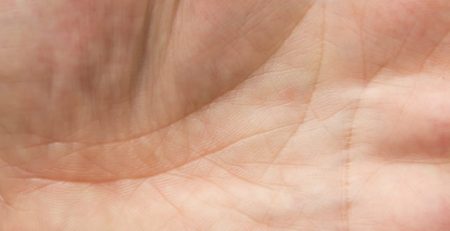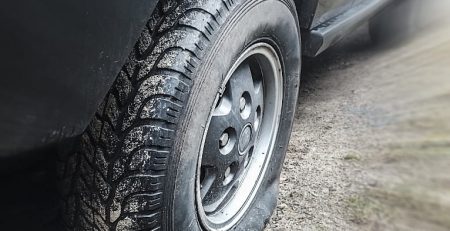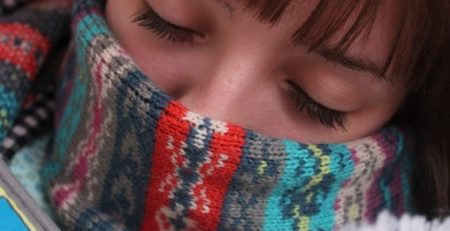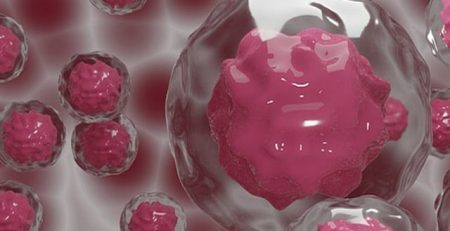New Bandage Actually Assists with Healing
While adhesive gauze bandages provide a necessary barrier to skin wounds to keep out potential infections, but they do not actively assist in the healing process. Enter active adhesive dressings, or AADs. Developed by researchers at the Wyss Institute for Biologically Inspired Engineering at Harvard University, the Harvard John A. Paulson School for Engineering and Applied Sciences (SEAS) and McGill University, these bandages “can close wounds significantly faster than other methods and prevent bacterial growth without the need for additional apparatus of stimuli” SciTech Daily reports.
They accomplished this by building upon the design of previously developed adhesive hydrogels, adding a thermoresponsive polymer known as PNIPAm. This polymer repels water and shrinks when it reaches 90 degrees Fahrenheit, meaning it will begin to contract when exposed to body heat. It then “transmits the force of the contracting PNIPAm component to the underlying tissue via strong bonds between the alginate hydrogel and the tissue. In addition, silver nanoparticles are embedded in the AAD to provide antimicrobial protection.”
When testing their AAD, they used mouse skin and found that it reduced the size of the wound area by 45% compared to untreated samples. They also found the AAD bonded to pig skin with more than 10 times the adhesive force of a Band-Aid and prevented bacterial growth.
“This technology has the potential to be used not only for skin injuries, but also for chronic wounds like diabetic ulcers and pressure sores, for drug delivery, and as components of soft robotics-based therapies,” study author David Mooney said.














